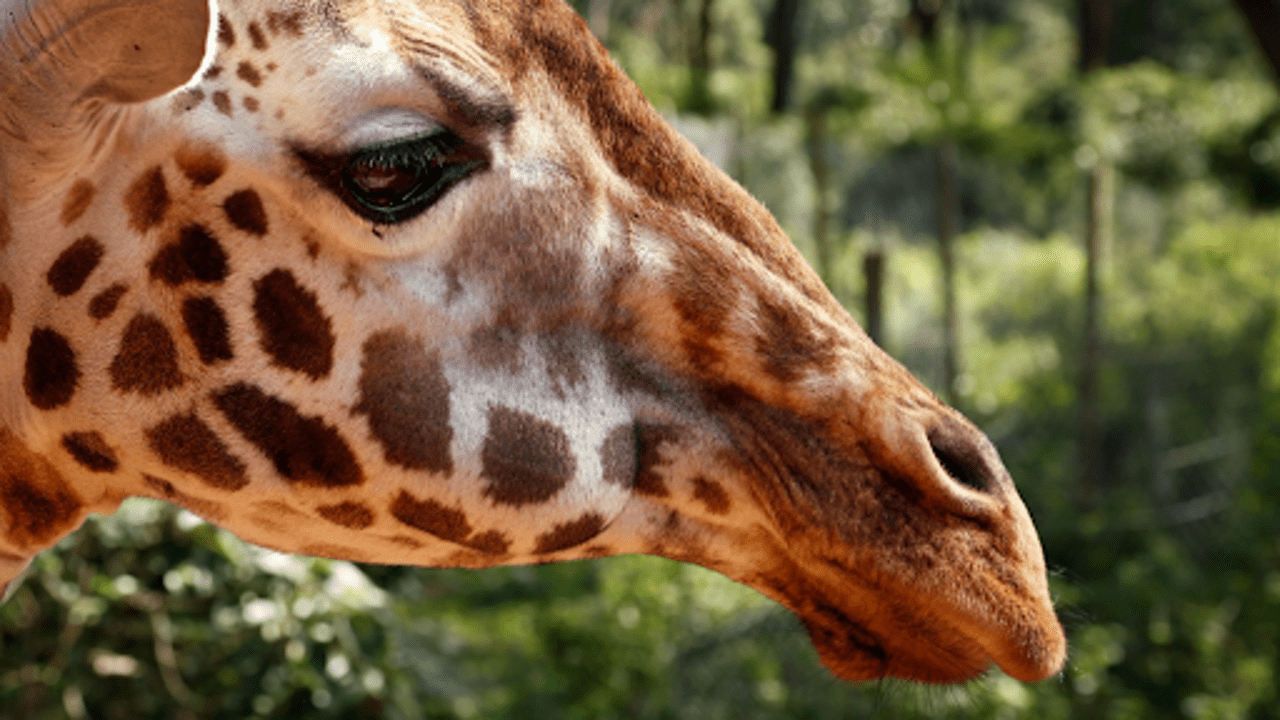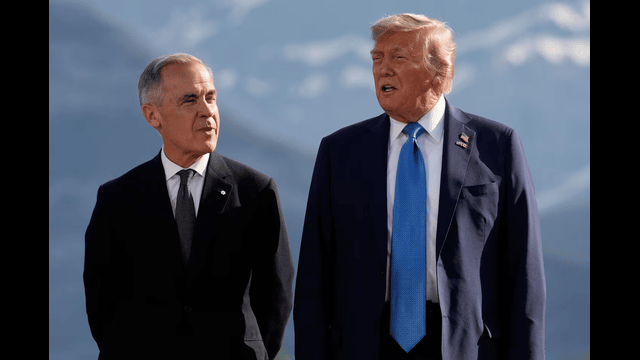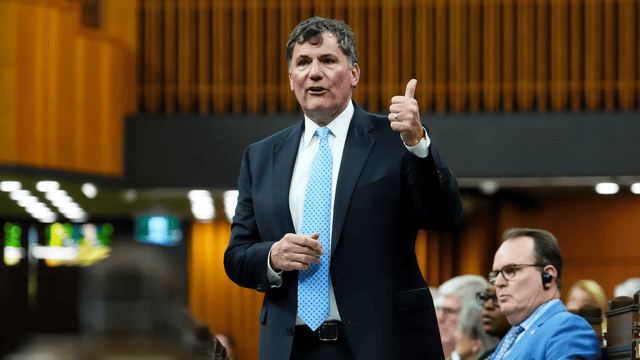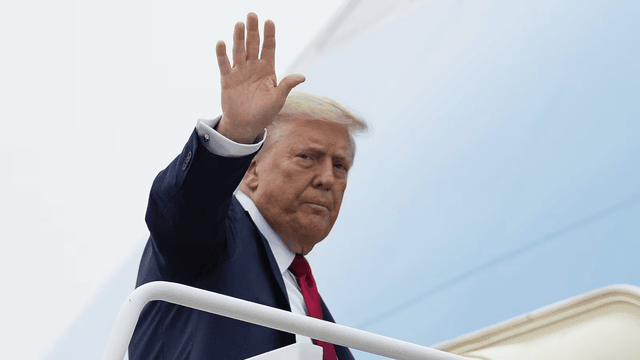
A giraffe is seen at the Giraffe Centre in Karen, located on the outskirts of Nairobi, Kenya, in this photo taken on December 7, 2016. AP Photo
The world’s tallest animal, the giraffe, is facing an urgent crisis. Populations are dwindling at an alarming rate due to various factors, including habitat loss, poaching, urbanization, and the effects of climate change, such as droughts. In response, U.S. wildlife officials have taken an important step by proposing to list several giraffe species as either endangered or threatened.
For the first time, the U.S. Fish and Wildlife Service has proposed offering federal protections to giraffes under the Endangered Species Act. This law categorizes species based on their level of threat, with “endangered” indicating a species at immediate risk of extinction, and “threatened” referring to those likely to become endangered soon.
The proposed protections focus on three subspecies of the northern giraffe — the West African, Kordofan, and Nubian giraffes — which have seen their numbers drop drastically by approximately 77% since 1985. From a population of around 25,000, these subspecies now only number about 5,900 individuals. In addition, two East African giraffe subspecies — the reticulated and Masai giraffes — are also proposed for listing as threatened.
U.S. Fish and Wildlife Service Director, Martha Williams, emphasized that federal protections for giraffes would contribute to preserving a vulnerable species, supporting biodiversity, and aiding ecosystem health. Furthermore, these measures would help fight wildlife trafficking and encourage sustainable economic practices. “This action supports giraffe conservation while ensuring the United States does not contribute further to their decline,” she stated.
The U.S. has become a significant market for giraffe body parts and products. A 2018 report revealed that for over a decade, the U.S. has imported nearly 40,000 giraffe parts, with American hunters traveling to Africa to kill giraffes and bring back trophies, typically their heads and necks. This practice has contributed to the decline of giraffe populations, further endangering the species.
In addition to hunting, giraffes in Africa are also struggling with the environmental impacts of climate change. Increased droughts have caused crop failures, the death of livestock, and widespread food and water shortages for both humans and animals alike. These pressures, combined with the loss of habitat, have made it incredibly difficult for giraffes to survive in the wild.
If the proposal is finalized, it would restrict the importation of giraffe body parts into the U.S. by requiring a permit, which could significantly curb illegal hunting and trade. It would also provide additional funding for research and conservation efforts aimed at protecting giraffes and their habitats. Environmental organizations have been advocating for these protections since 2017, and the public is now invited to comment on the proposal. The deadline for public feedback is February 19, 2025, with officials hoping to finalize the decision within a year.
The giraffe, a symbol of grace and majesty, now faces an uncertain future. Through these proposed protections, there is hope that concerted efforts can slow the decline of this iconic species and ensure that giraffes continue to roam the African plains for generations to come.















